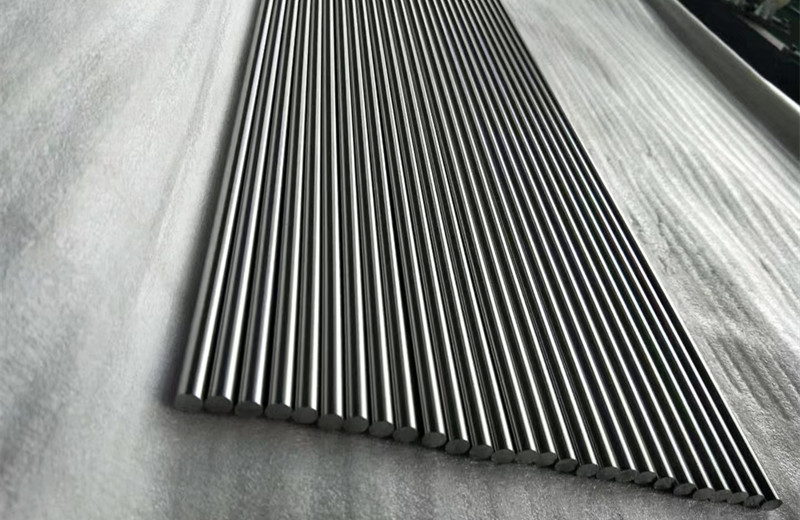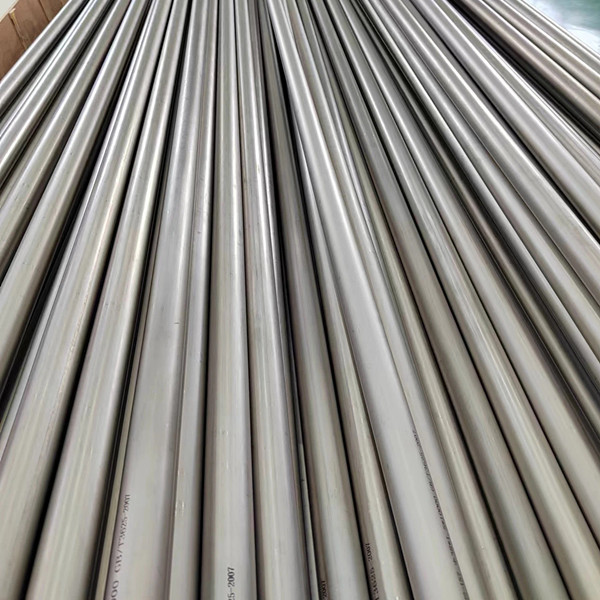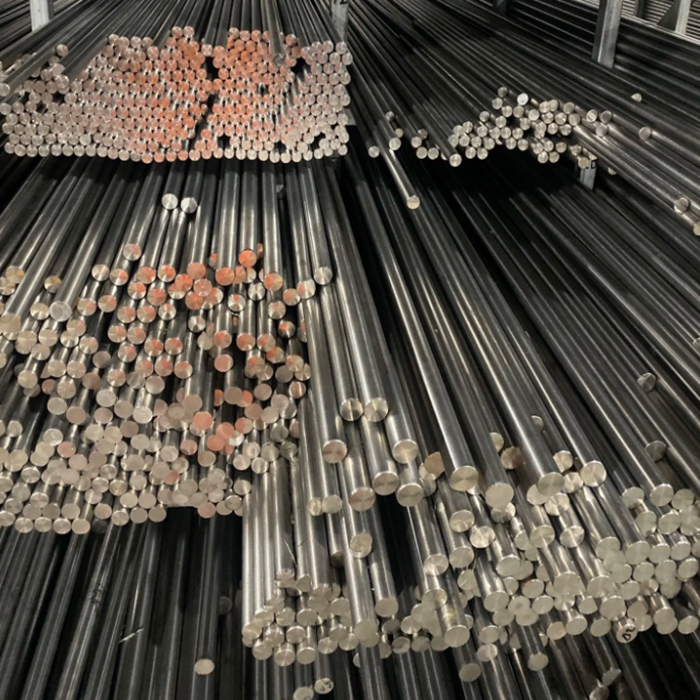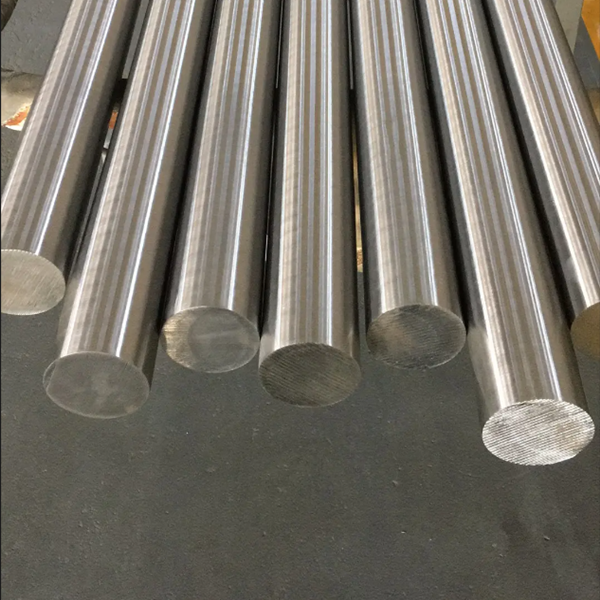Medical AMS4930 Titanium 6Al-4V ELI Grade 23 Titanium rod bar
What is Medical AMS4930 Titanium 6Al-4V ELI Grade 23 Titanium rod bar?
Medical AMS4930 Titanium 6Al-4V ELI Grade 23 Titanium rod bar is a variant of Ti-6Al-4V Titanium with lower content of carbon, iron, and oxygen. It’s used for medical implant devices to take advantage of Titanium’s biocompatibility. Other uses include marine and oil-gas applications.
Titanium 6Al-4V Grade 23 ELI Round Bar: AMS 2631, AMS 4930, AMS 6932, ASTM F67, ASTM F136, ASTM B348
Why Grade 23 Titanium for Medical Use?
Biocompatibility: Its extra-low interstitial content minimizes potential reactions with body tissues.
Strength-to-Weight Ratio: Ensures lightweight devices that are durable and reliable.
Corrosion Resistance: Performs exceptionally in biological environments, resisting degradation from bodily fluids.
Non-Toxic and Non-Magnetic: Ensures safety and compatibility with MRI machines and similar medical imaging technologies.
Size of Medical AMS4930 Titanium 6Al-4V ELI Grade 23 Titanium rod bar
Titanium Grade | Medical AMS4930 Titanium 6Al-4V ELI Grade 23 Titanium rod bar
| ||
Diameter | 3mm-26mm | ||
Length | 1000mm-3500mm | ||
Tolerance | H7,H9 | ||
Mechanical properties | Tensile strength/MPa | Yield strength at 0.2% offset /MPa | Elongation in 50.8mm or 4D %l.t. |
4.75-44.45mm | 860 | 795 | 10 |
44.45-63.5mm | 825 | 760 | 8 |
44.45-101.60mm | 825 | 760 | 8 |
Composition of Medical AMS4930 Titanium 6Al-4V ELI Grade 23 Titanium rod bar
Element | % |
Aluminum | 5.5-6.5 |
Vanadium | 3.5-4.5 |
Iron | 0.25 |
Oxygen | 0.13 |
Carbon | 0.08 |
Nitrogen | 0.03 |
Hydrogen | 0.012 |
Yttrium | 0.005 |
Other elements each | 0.1 |
Other elements total | 0.3 |
Tinanium | Balance |
Applications of Medical AMS4930 Titanium 6Al-4V ELI Grade 23 Titanium rod bar
1. Implantable Devices
Orthopedic Implants:
Used in hip and knee replacements, spinal implants, and bone screws/plates.
The material's biocompatibility ensures it integrates seamlessly with human tissue, minimizing rejection risks.
Dental Implants:
Serves as the foundation for dental prosthetics, providing a strong, lightweight, and durable structure for long-term use.
Trauma Fixation Devices:
Commonly used in fracture fixation systems like pins, rods, and external fixation devices due to its high fatigue strength and resistance to stress.
2. Surgical Instruments
Specialized Tools:
Used for making surgical tools such as forceps, scissors, and clamps, which require precision and durability.
Titanium’s non-magnetic and corrosion-resistant properties ensure these instruments perform reliably even in repeated sterilization processes.
3. Cardiovascular Applications
Heart Valve Frames:
Supports mechanical heart valves due to its lightweight and strength.
Pacemaker and Defibrillator Housings:
Provides a safe and stable enclosure that resists body fluids and preserves the functionality of these life-saving devices.
4. Prosthetics and Artificial Joints
Custom Prosthetics:
Titanium rods and bars are used in manufacturing prosthetic limbs, offering strength while keeping the overall device lightweight.
Joint Components:
Popular for shoulder, elbow, and wrist replacements due to its wear resistance and ability to endure repetitive motion.
5. Maxillofacial and Cranial Reconstruction
Plates and Screws for Facial Reconstruction:
Utilized in repairing facial fractures and deformities, offering precise fit and compatibility with bone healing processes.
Cranial Implants:
Helps in reconstructing cranial defects post-surgery or injury with a high degree of safety.



